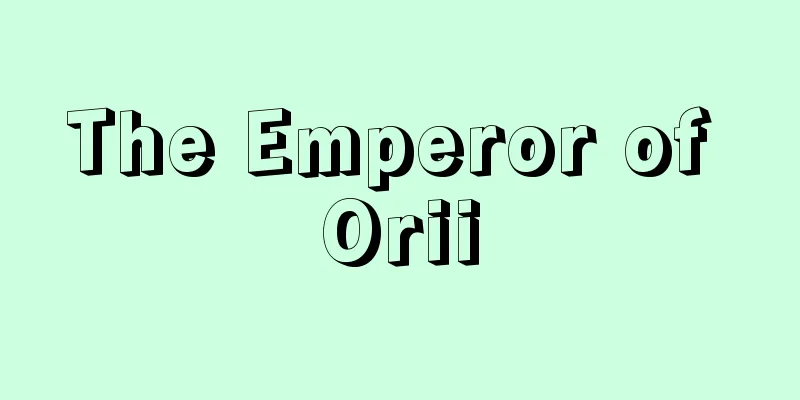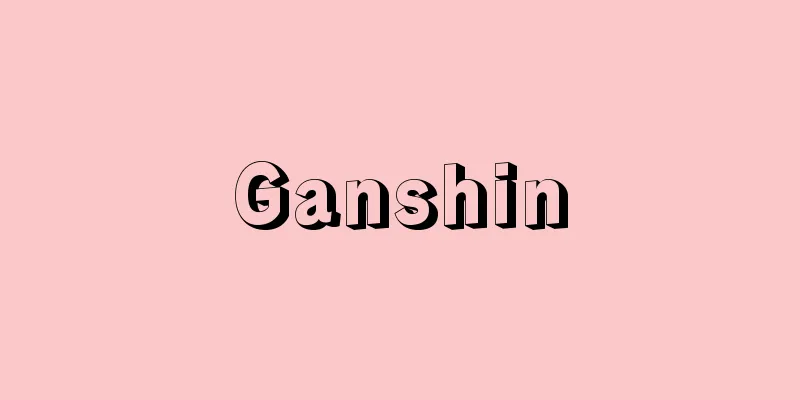Yuji Shibata

|
Chemist. Born in Tokyo as the second son of pharmaceutical scientist Shokei Shibata. Graduated from the Department of Chemistry at the Faculty of Science, Tokyo Imperial University in 1907 (Meiji 40), became a lecturer at the same university in 1910, and traveled to Europe in the same year. He studied complex salt chemistry, spectroscopic chemistry, etc. under Hantsch at the University of Leipzig, Werner at the University of Zurich, and George Urbain (1872-1938) at the University of Paris, and returned to Japan in 1913 (Taisho 2). He became an assistant professor at the Faculty of Science in the same year, and served as a professor there from 1919 to 1942 (Showa 17). In 1942, he became the first acting dean of Nagoya University, retiring in 1948 (Showa 23). He served as president of Tokyo Metropolitan University (1949-1972) and president of the Japan Academy (1962-1972). He brought back spectroscopic analysis equipment from England and systematically studied the absorption spectra of metal complex salts and flavone pigments. He also studied the mutation of flower color caused by anthocyanins and the enzymatic action of metal complex salts with his brother Keita, laying the foundations of spectrochemistry in Japan. He conducted chemical research on rare earth element-containing minerals from the Orient, founded geochemistry in Japan, and also conducted chemical research on ancient cultural properties. His broad perspective helped to train many chemists. In 1927 (Showa 2), he was awarded the Imperial Prize of the Academy for his "Spectrochemical Study of Metal Complex Salts." His books include Spectroscopic Chemistry (1921), Metal Complex Salts (1929), Inorganic Chemistry I, II, III (1936, 1940, 1951), and Draft Songs and Poems (1969). [Taoist Master] "Japanese Chemistry and Yuji Shibata" by Minoru Tanaka (1975, Dai Nippon Tosho) [References] | | | | | | |Source: Shogakukan Encyclopedia Nipponica About Encyclopedia Nipponica Information | Legend |
|
化学者。東京で薬学者柴田承桂(しょうけい)の次男に生まれる。1907年(明治40)東京帝国大学理科大学化学科卒業、1910年同大学講師、同年渡欧。ライプツィヒ大学のハンチ、チューリヒ大学のウェルナー、パリ大学のユルバンGeorge Urbain(1872―1938)に錯塩化学、分光化学などを学び、1913年(大正2)帰国。同年理科大学助教授となり、1919~1942年(昭和17)同教授を務めた。1942年名古屋大学初代理学部長となり、1948年(昭和23)退官。東京都立大学総長(1949~1972)、日本学士院院長(1962~1972)を歴任した。イギリスの分光分析装置を持ち帰り、金属錯塩やフラボン族色素の吸収スペクトルを系統的に研究、また兄桂太(けいた)とアントシアンによる花色変異や金属錯塩の酵素的作用を研究、日本の分光化学の基礎を築いた。東洋産含希土類元素鉱物の化学的研究を行い、日本の地球化学を創始し、古文化財の化学的研究も行った。広い視野をもち多数の化学者を育てた。1927年(昭和2)「金属錯塩の分光化学的研究」で学士院恩賜賞を受賞。著書に『分光化学』(1921)、『金属錯塩』(1929)、『無機化学Ⅰ、Ⅱ、Ⅲ』(1936、1940、1951)、『歌稿詩稿』(1969)などがある。 [道家達將] 『田中実著『日本の化学と柴田雄次』(1975・大日本図書)』 [参照項目] | | | | | | |出典 小学館 日本大百科全書(ニッポニカ)日本大百科全書(ニッポニカ)について 情報 | 凡例 |
<<: Shibata Renzaburou - Shibata Renzaburou
Recommend
Mr. Ishikawa
A Fudai Daimyo family in the Edo period. Its ance...
Euclid - English spelling: Euclid
Date of birth and death unknown. Greek mathematic...
Paulownia wooden clogs - Kirigeta
A regional brand of the Hokuriku, Koshinetsu regio...
Aaron Mamby - Aaron Mamby
The world's first iron steamship was built in ...
《About Ezo Language》 - About Ezo Language
… [Yutaka Nakagawa] [Research History] The collec...
Transformer - henatsuki (English spelling) transformer
A device that converts voltage to a required valu...
Atagozasa - Atagozasa
…It is not kumazasa. It is also called atagozasa....
Tsumekusa (Claw grass) - Tsumekusa (English spelling) Sagina japonica
It is an annual or biennial plant of the Caryophyl...
Scribing - Scribbling
The act of marking a workpiece to be machined or h...
Buddhist medicine
The medical articles found in various forms in var...
Coffin
It is a container for placing a buried body, and ...
Ātreya (English spelling) Atreya
...Already in the 6th century BCE, there were two...
Spheroidal (spherodized) pearlite
The correct term is spheroidal cementite structure...
Foam sugar - Awatou
…It is a type of Nanban confectionery that was in...
Eye - Eye (English spelling)
The term refers to the sensory organs in animals t...









